Optimal Timing for Concrete Installations
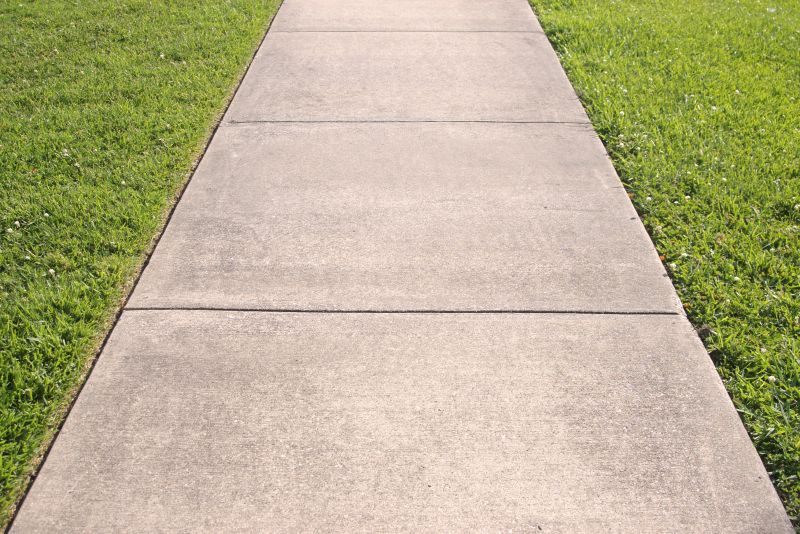
Ways to make Concrete Installations work in tight or awkward layouts.
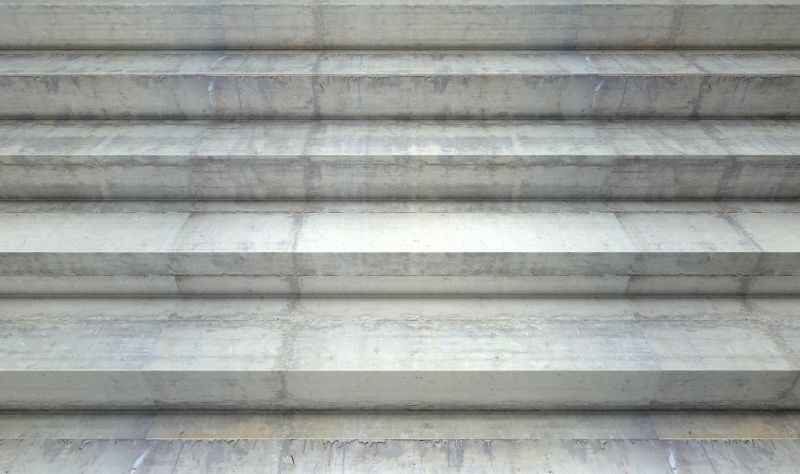
Popular materials for Concrete Installations and why they hold up over time.
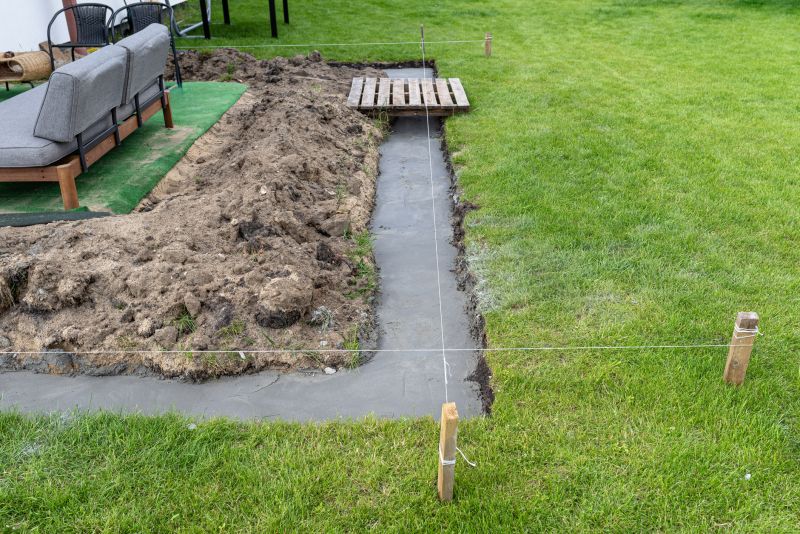
Simple add-ons that improve Concrete Installations without blowing the budget.
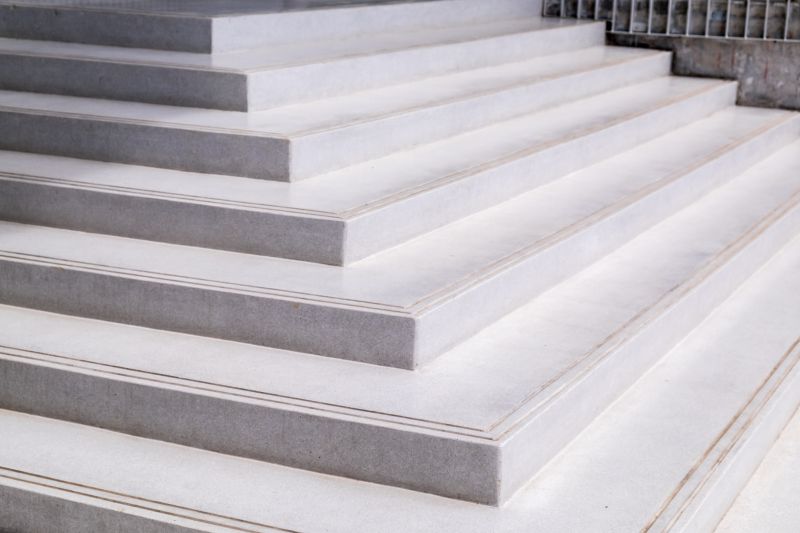
High-end options that actually feel worth it for Concrete Installations.
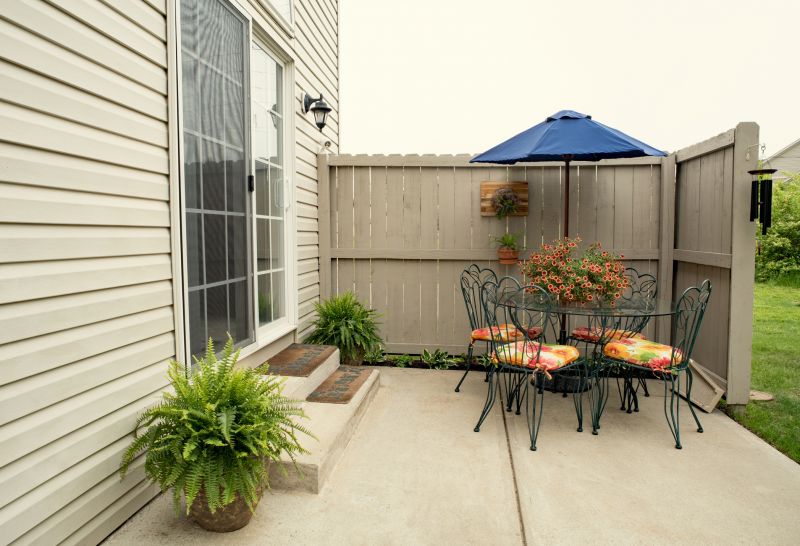
Finishes and colors that play nicely with Concrete Installations.
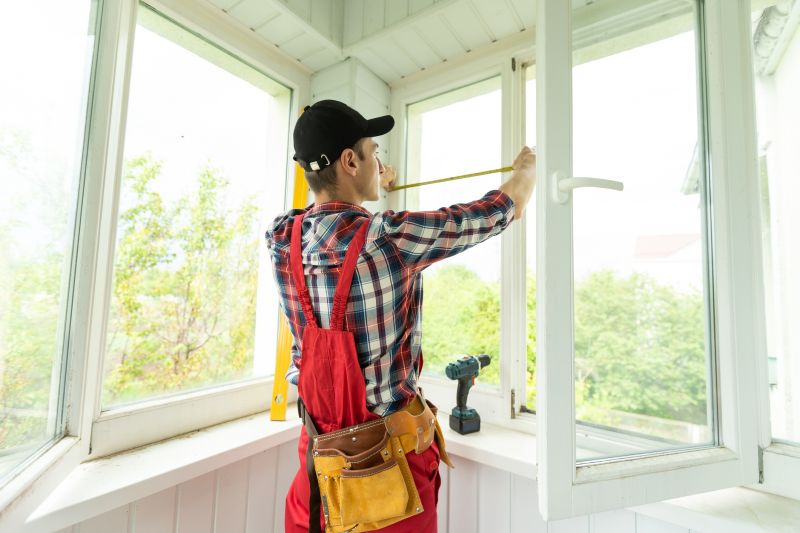
Little measurements that prevent headaches on Concrete Installations day.
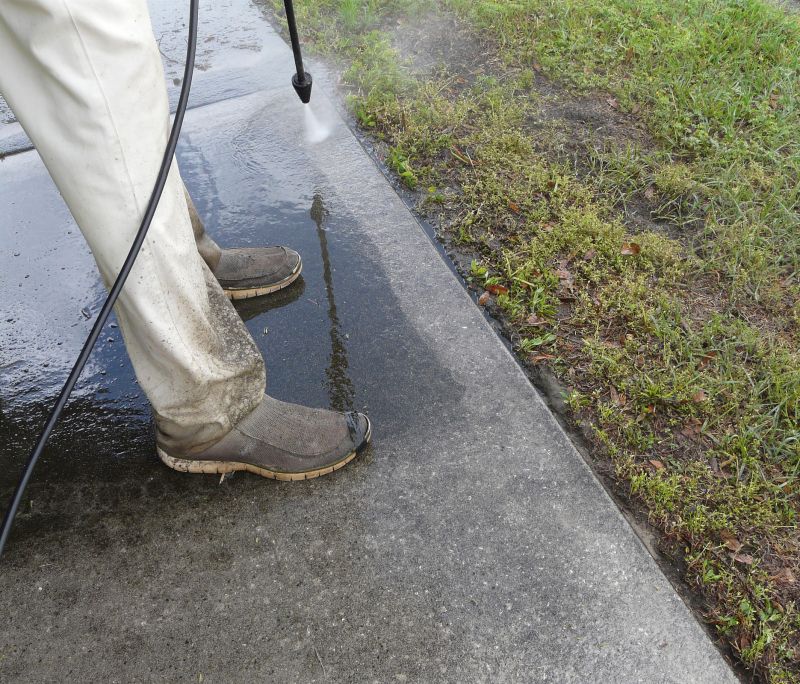
A 60-second routine that keeps Concrete Installations looking new.
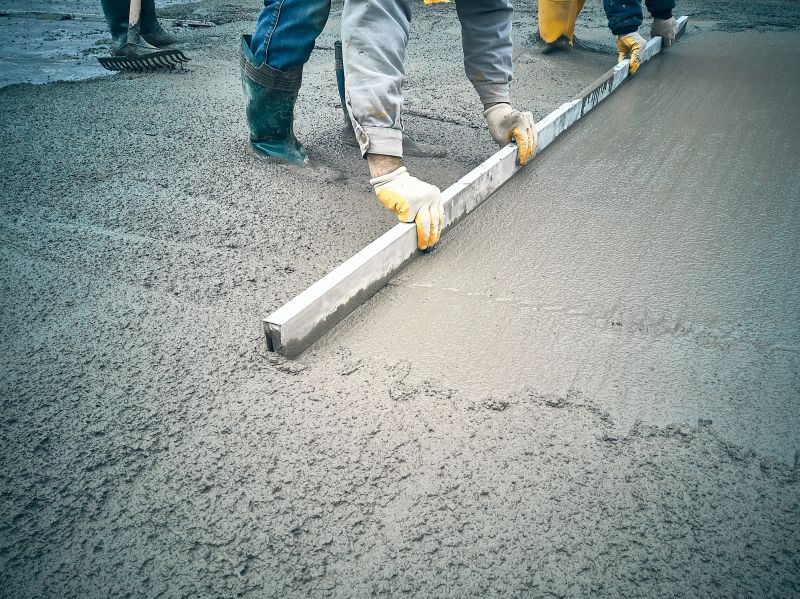
A frequent mistake in Concrete Installations and how to dodge it.
Concrete installations are most effectively performed during specific seasons to ensure optimal curing and durability. The timing of these projects depends on local climate conditions, temperature, and humidity levels. Proper scheduling can minimize issues such as cracking, uneven setting, or delays caused by adverse weather.
In general, the best time for concrete work is during periods of mild weather with consistent temperatures. This typically means late spring through early fall in many regions. In Seattle, WA, the ideal window is often from late spring to early fall, avoiding the cold, rainy winter months that can compromise concrete quality.
Concrete sets best when temperatures are between 50°F and 85°F. Extreme cold or heat can affect curing times and strength development.
Rain, snow, or high humidity can delay projects and impact the finish quality. Planning around favorable weather reduces risks.
Early spring and late summer are preferred for concrete installations, with adjustments made for unexpected weather changes.
Seattle's rainy season can pose challenges, making late spring and early fall the most suitable times for concrete work.
| Season | Advantages |
|---|---|
| Spring | Moderate temperatures, longer daylight hours |
| Summer | Consistent warm weather, ideal curing conditions |
| Fall | Cooler temperatures, less rain than winter |
| Winter | Not recommended due to cold and moisture |
Concrete installations require careful planning to match seasonal conditions. Proper timing ensures the concrete cures correctly, reaches desired strength, and maintains structural integrity. In Seattle, avoiding winter installations minimizes risks associated with freezing temperatures and excessive moisture.
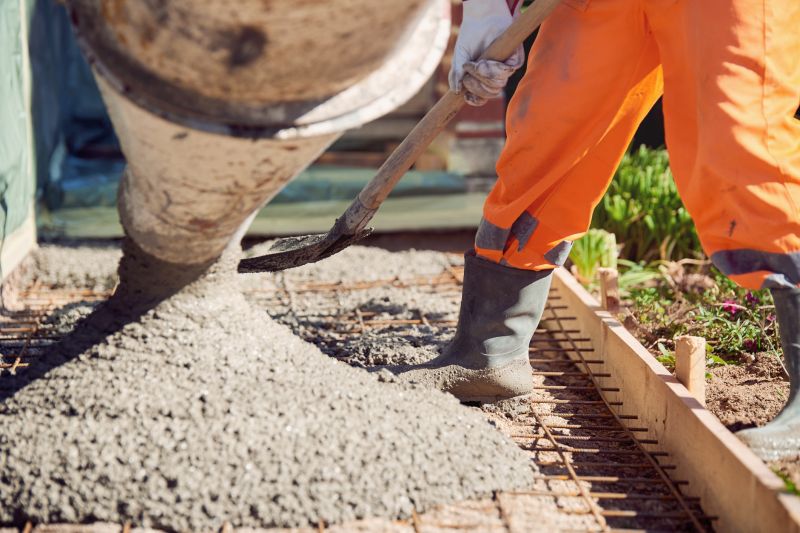
Small tweaks to make Concrete Installations safer and easier to use.

Lower-waste or water-saving choices for Concrete Installations.

The short, realistic tool list for quality Concrete Installations.
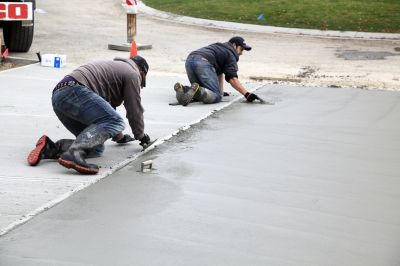
Rough timing from prep to clean-up for Concrete Installations.
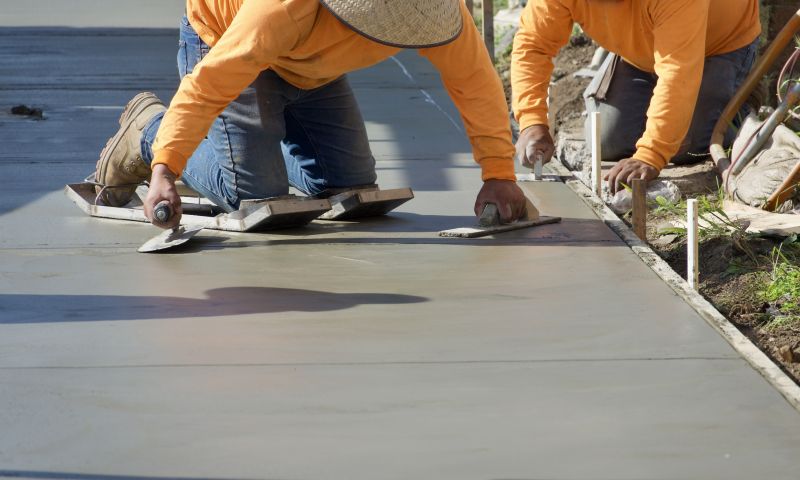
Quick checks and paperwork to keep after Concrete Installations.

Examples that show the impact a good Concrete Installations can make.
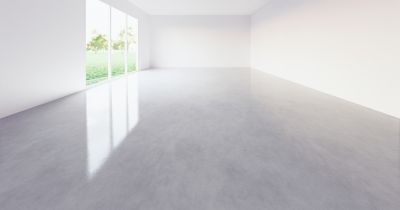
Ways to make Concrete Installations work in tight or awkward layouts.
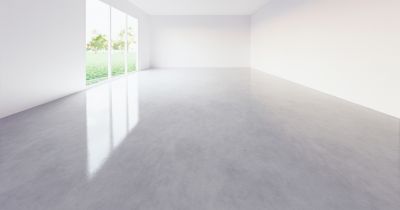
Ways to make Concrete Installations work in tight or awkward layouts.
Scheduling concrete projects during optimal weather conditions enhances durability and reduces the likelihood of future repairs. For properties in Seattle, aligning installations with late spring to early fall offers the best balance of temperature and weather stability.
Interested in concrete installations? Filling out the contact form can provide tailored scheduling options to meet specific project needs and ensure quality results.


